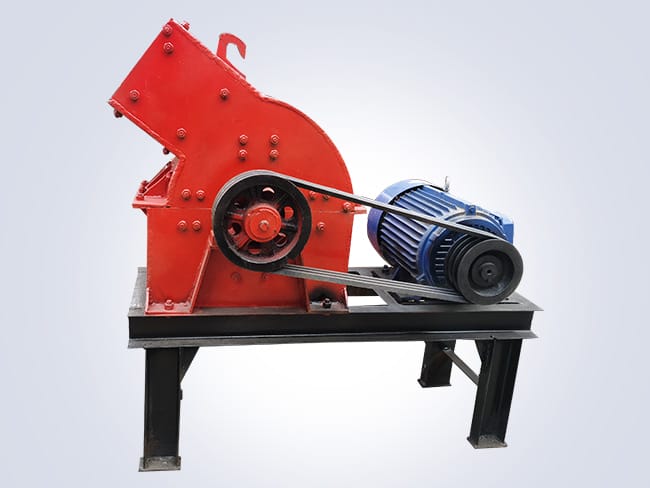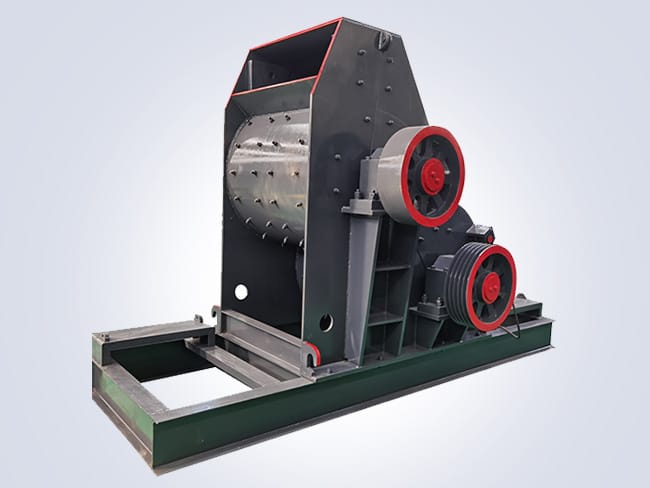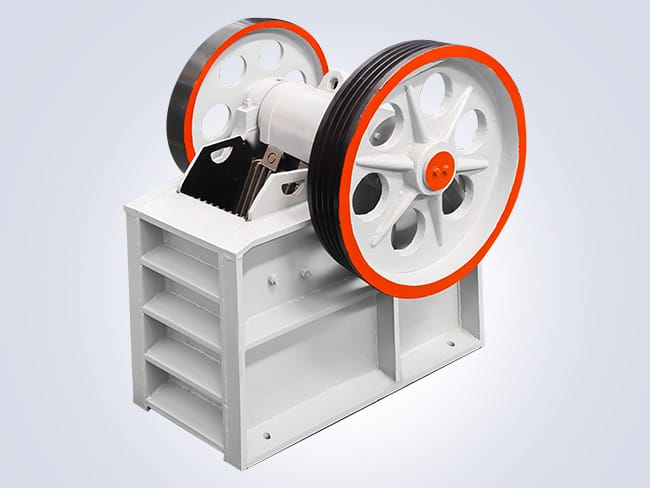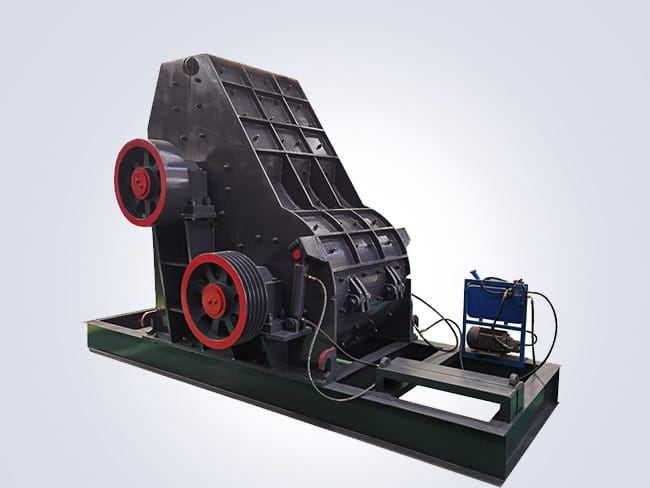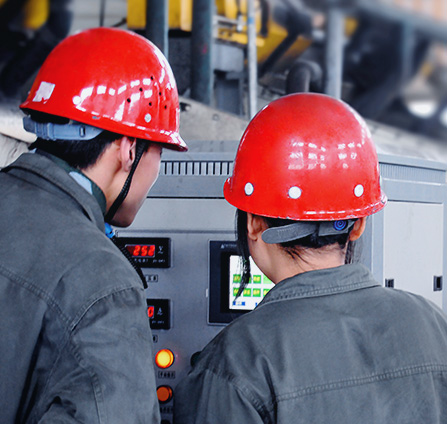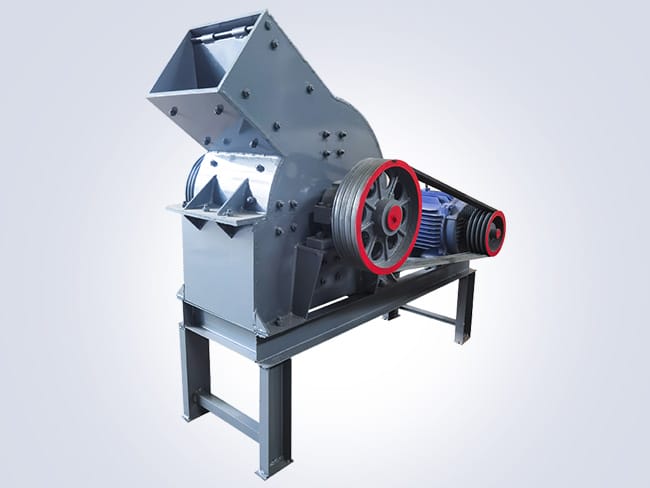
The hammer crusher is a type of equipment widely used in industries such as mining. Construction materials, chemicals, and power generation. It is primarily used for coarse and medium crushing of materials with medium hardness or lower. The working principle is simple and effective: after the material enters the crushing chamber. It is broken by the impact of high-speed rotating hammers and then discharged through the screen plate to achieve the desired particle size. This equipment is characterized by its compact structure, easy operation, convenient maintenance, and large production capacity.
How is the crushing effect of the hammer crusher?
This type of crusher is suitable for processing a variety of non-metallic ores, including limestone, coal gangue, gypsum. As well as materials in construction waste recycling projects. With an adjustable discharge opening design, users can flexibly adjust the product particle size according to actual needs. Thereby meeting the requirements of different application scenarios. In addition, modern hammer crushers emphasize improved environmental performance, for example. By adopting sealing measures to reduce dust emissions and optimizing internal structures to decrease noise pollution.
However, it should be noted that for materials with higher hardness or those containing a large amount of moisture, the hammer crusher may not be the best choice, as this could lead to faster wear of the hammers, reduced efficiency, and other issues. Therefore, when selecting the machine, it is necessary to choose the appropriate model configuration based on the specific application scenario to ensure long-term stable operation and achieve good economic benefits.
In summary, with its advantages of high efficiency, energy-saving, and strong adaptability, the hammer crusher plays a significant role in many industries. As technology advances and market demands evolve, future crushers will develop towards more intelligent and environmentally friendly directions.




